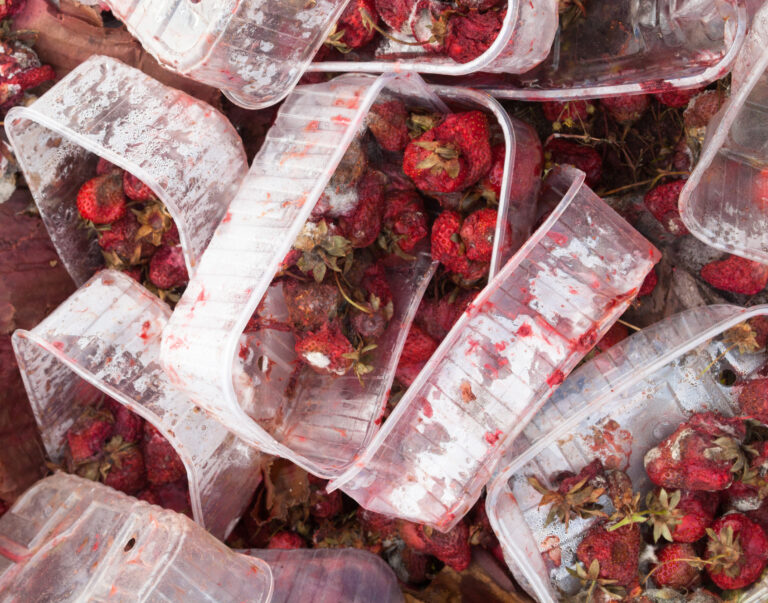New Approaches to Source Attribution Aid in Risk Assessment
Campylobacter is one of the most common foodborne pathogens in the world, and as you read this you are likely thinking that most cases of Campylobacter come from chicken prepared at home. But read on to see if the latest study supports your thoughts – you may be surprised.
Widespread outbreaks and food recalls regularly make the headlines. But, in actuality, most of the foodborne illnesses that strike 48 million Americans (1 in 6) each year are not part of a major outbreak. Rather, more than 90% of all foodborne illnesses are sporadic, isolated cases for which it is difficult to hone in on which of the foods they consumed are the source of the person’s illness.
Knowing more about not only which foods are responsible for illness but where the food became contaminated is key to continued risk reduction. Public health officials have struggled for years to do a better job of answering those questions, as only by answering them can we focus on risk reduction strategies in the right place. To address this challenge, new approaches to studying food source attribution have been developed to attempt to provide a more accurate picture of all foodborne illness sources.
In mid-February, the USDA Economic Research Service (ERS) applied such an approach to study food source attribution of sporadic campylobacteriosis in the United States. The study used the Nielsen Homescan data of household purchases of specific foods to determine if sporadic foodborne campylobacteriosis has different food exposure routes than outbreak cases.
Some of the key findings were:
- Although foodborne Campylobacter infections are widely thought to be linked to chicken, it was found that chicken prepared at home was not a campylobacteriosis risk factor – consistent with a national study that found consumption of chicken prepared in restaurants increased the risk of sporadic foodborne campylobacteriosis, but chicken prepared at home did not.
- The results suggest that ground beef and berries purchased for consumption at home may be associated with an increased risk of campylobacteriosis – a result not found by prior outbreak studies.
- While Campylobacter infections are highly seasonal and thought to be driven by temperature, the study found that seasonality and ambient temperature were independently associated with increased risk of sporadic campylobacteriosis.
- Geography has a distinct impact, as geographic variation in sporadic campylobacteriosis persisted even after controlling for variations in food purchases, seasonal consumer behaviors, and temperature peaks (particularly those of summer).
We see this study as having two key benefits: increased knowledge of campylobacter risk and a demonstration of the knowledge that can be gained from applying new and/or varied methods of study to issues of both food safety and public health significance.
The finding that home preparation of chicken is not a campylobacter risk factor is significant, as this has long been thought to be so. But even more significant, perhaps, is that restaurant preparation remains a risk factor despite this. This differentiation helps to limit the risk assessment of campylobacter illness from chicken to factors of a restaurant that are less likely to be applicable to home preparation.
The further findings that ground beef and berries further prepared and/or consumed in the home are associated with sporadic campylobacter, and that seasonality, temperature, and geography are independently associated, again add to our knowledge, and increase our ability to properly assess – and correct – the risks.
Assessing sporadic foodborne illnesses separately from and through more applicable methods, such as that employed by USDA ERS in this study, shows an important direction in determining true risk factors, and can assist the industry in determining more specific areas of focus for corrective action to aid in increasing both food safety and public health. By knowing these types of risk factors, the food industry can explore risk mitigation before the regulators do and start to focus on how to manage the risks effectively.
This study also adds more weight to the likelihood that retail and foodservice food safety will be more heavily regulated in the future if the risks from Campylobacter are truly related to restaurant practices.





